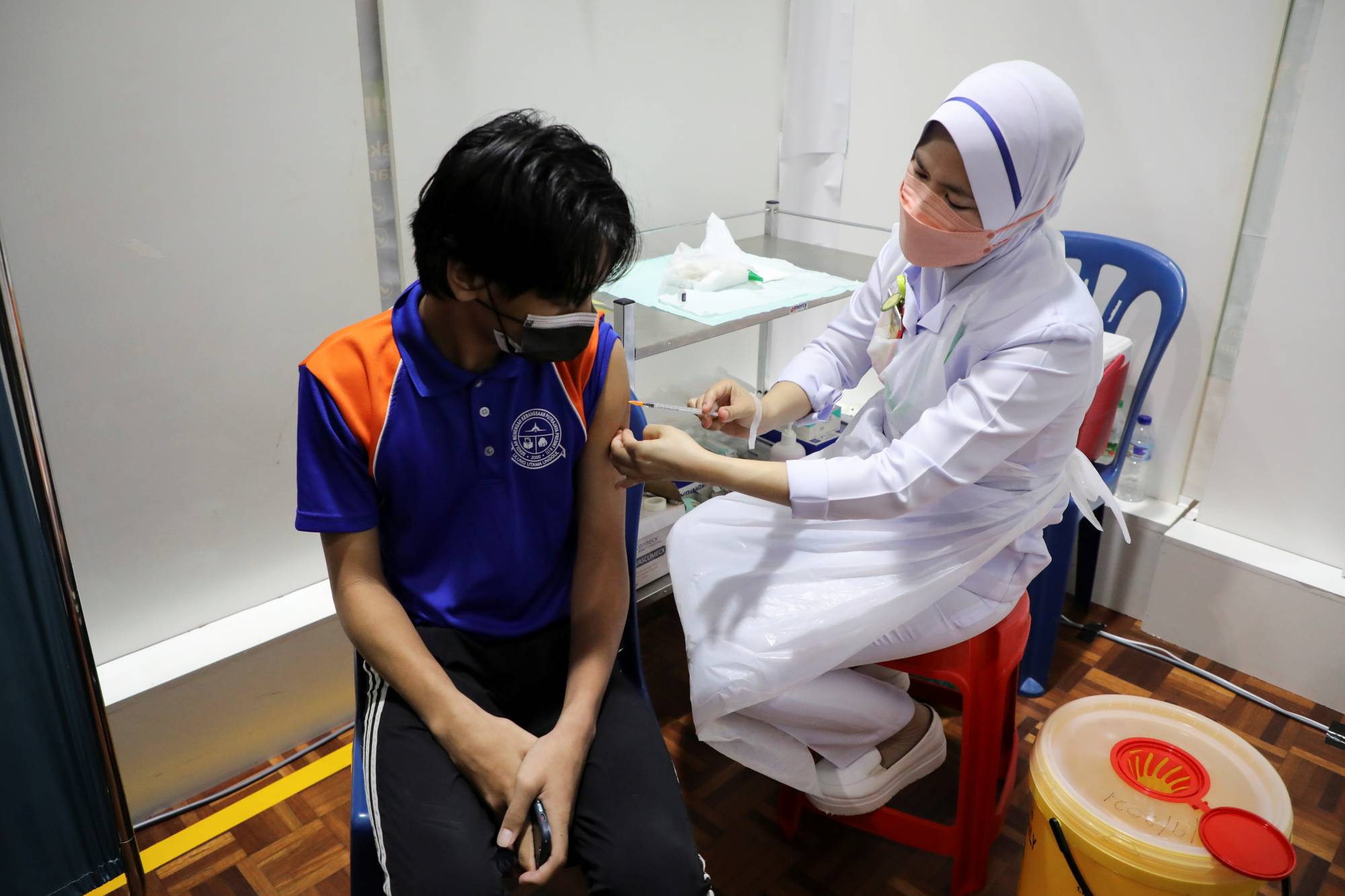Southeast Asian states by and large managed to keep the spread of the COVID-19 virus to a minimum in 2020.
Nations such as Vietnam and Thailand recorded few domestic infections, and some were quick to hold up these examples as models for the world to emulate. In 2021, however, the region began to struggle to keep the pandemic at bay, with high rates of domestic transmission and rising death tolls.
Initially, few countries in the region were able to ramp up vaccinations, which are believed to be key in reducing caseloads and deaths. This was in part due to a lack of supply, as rich countries secured the initial doses of anti-COVID-19 vaccines. It was also to some extent due to various nations’ missteps in getting their hands on vaccines as well as the fact that citizens in some states and territories, having feared little threat from the virus, did not see any urgency in getting vaccinated.


















With your current subscription plan you can comment on stories. However, before writing your first comment, please create a display name in the Profile section of your subscriber account page.